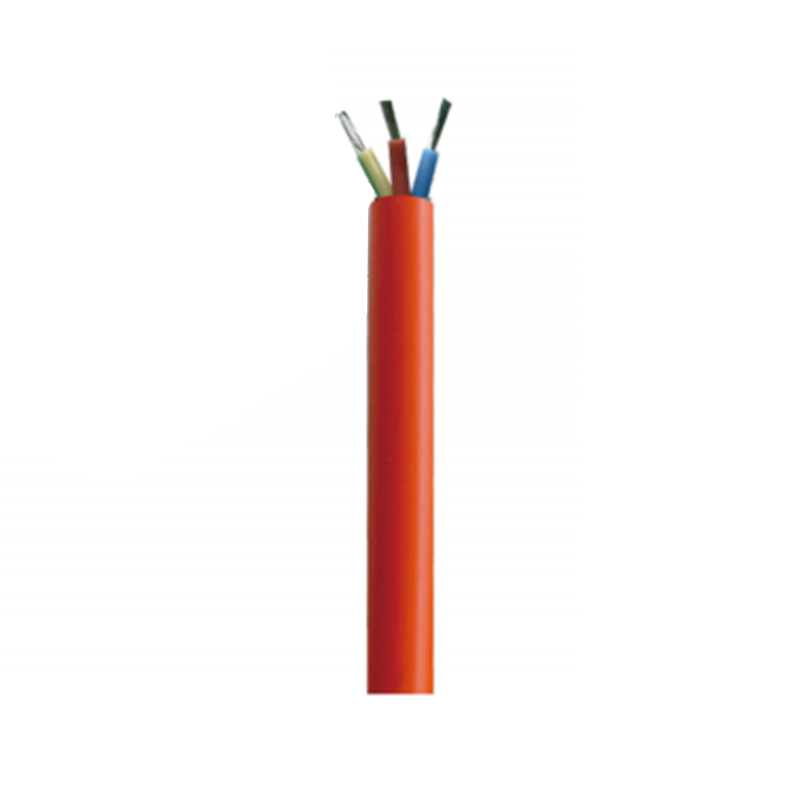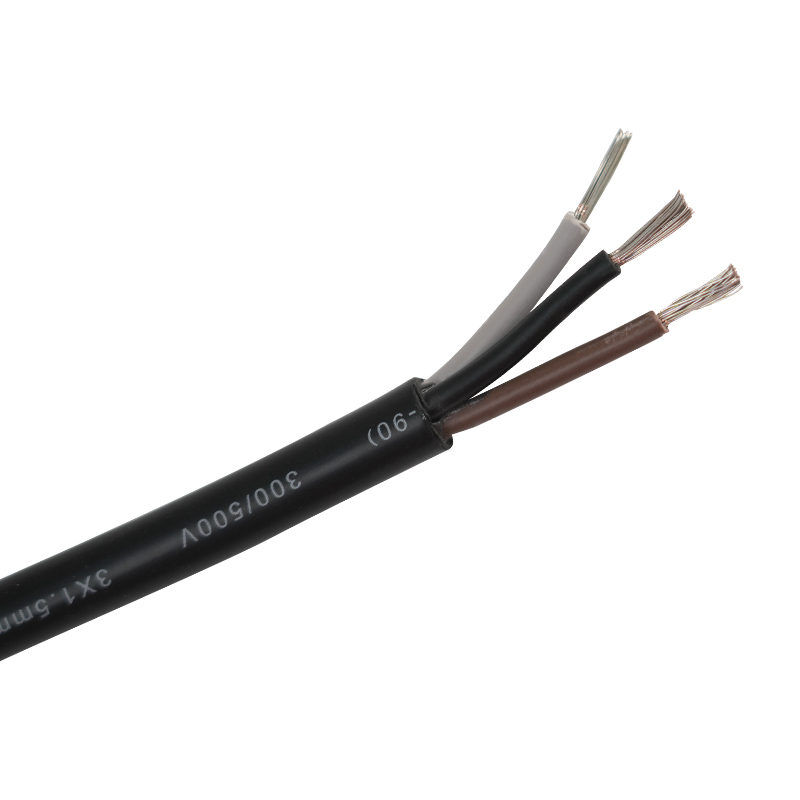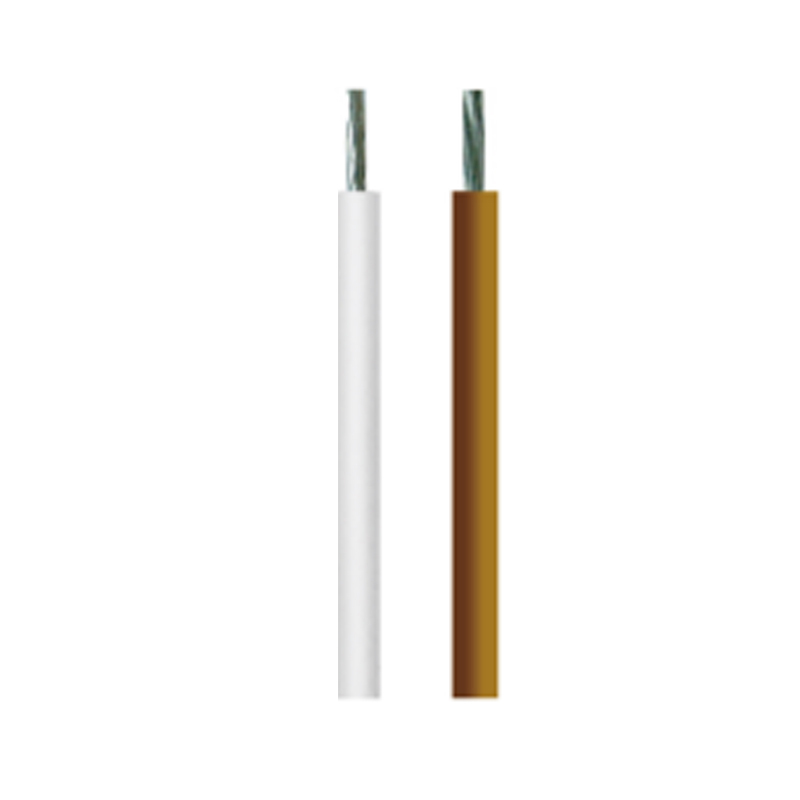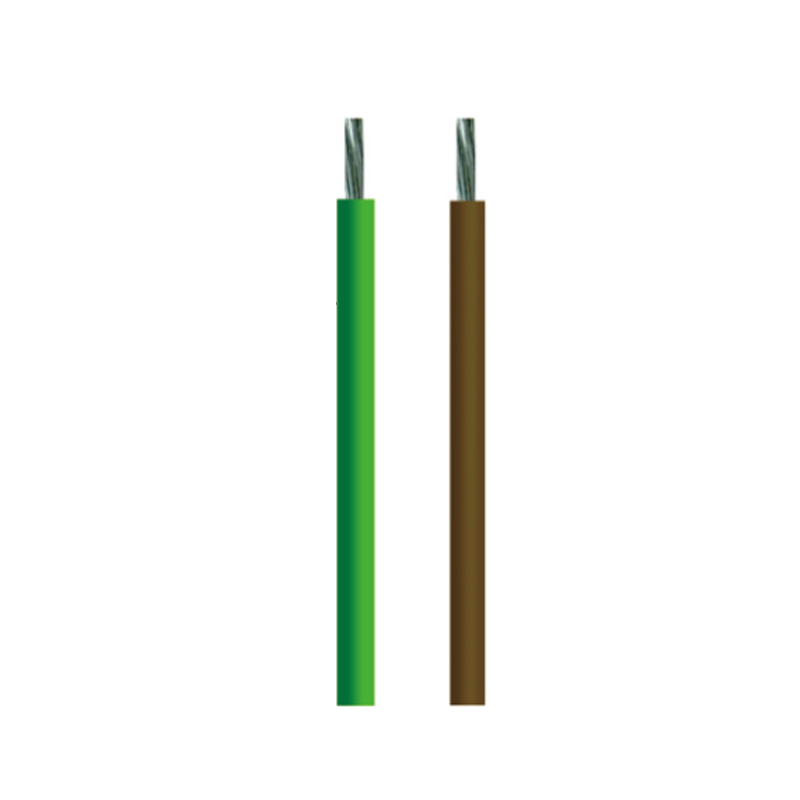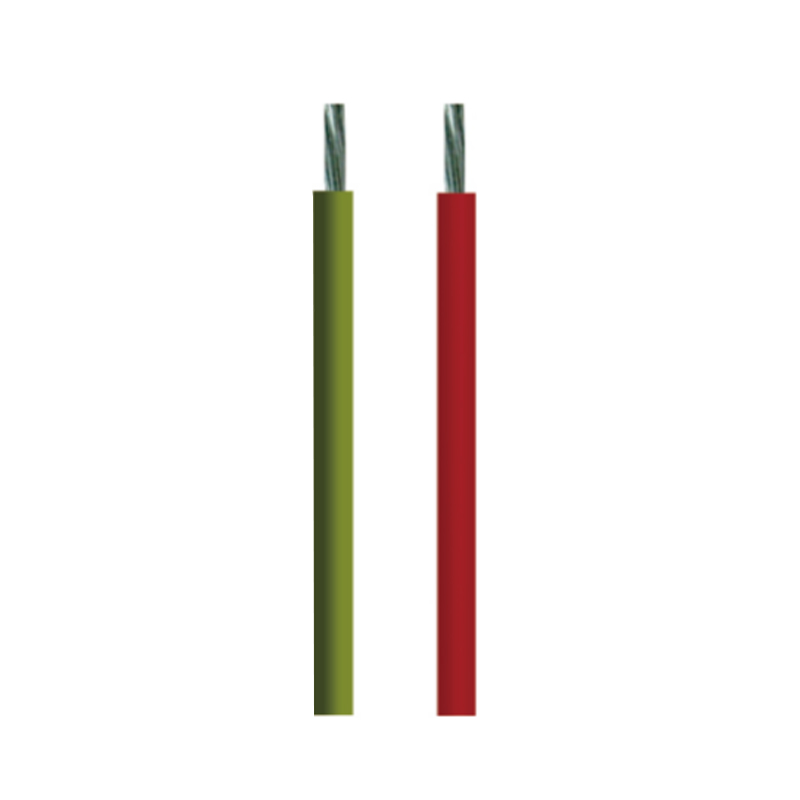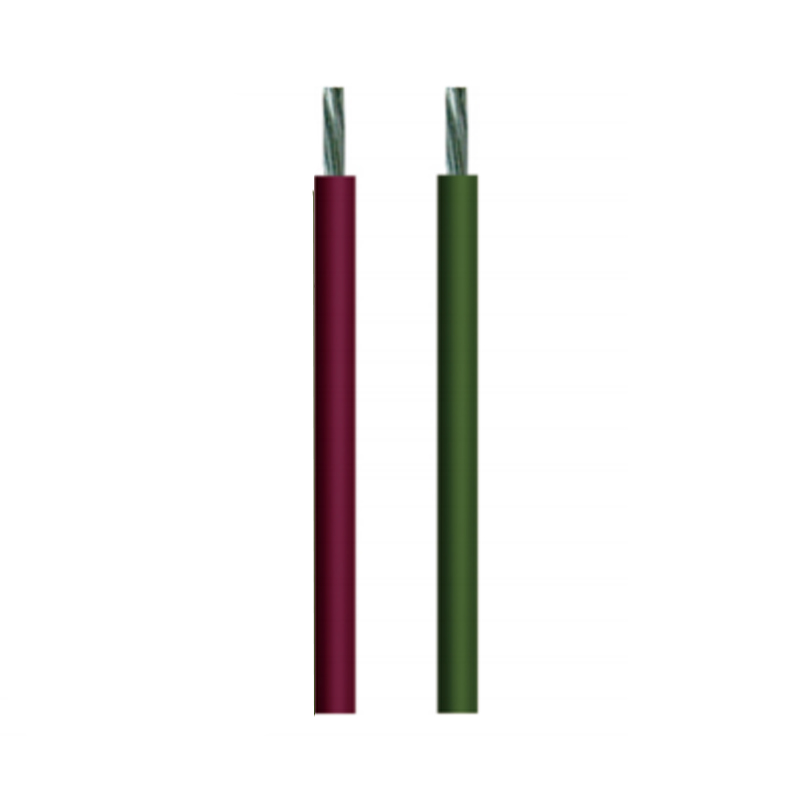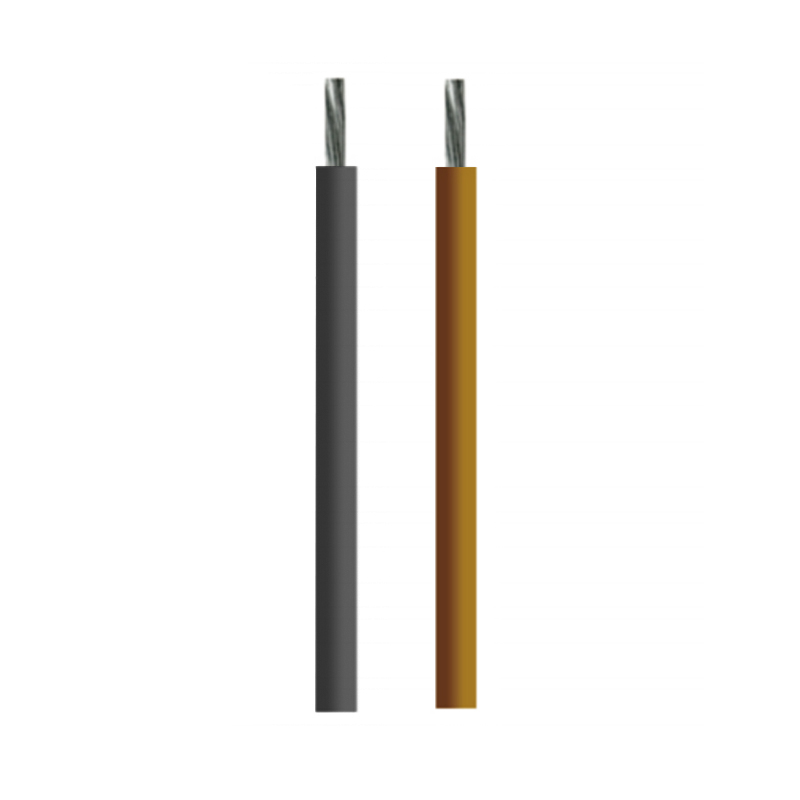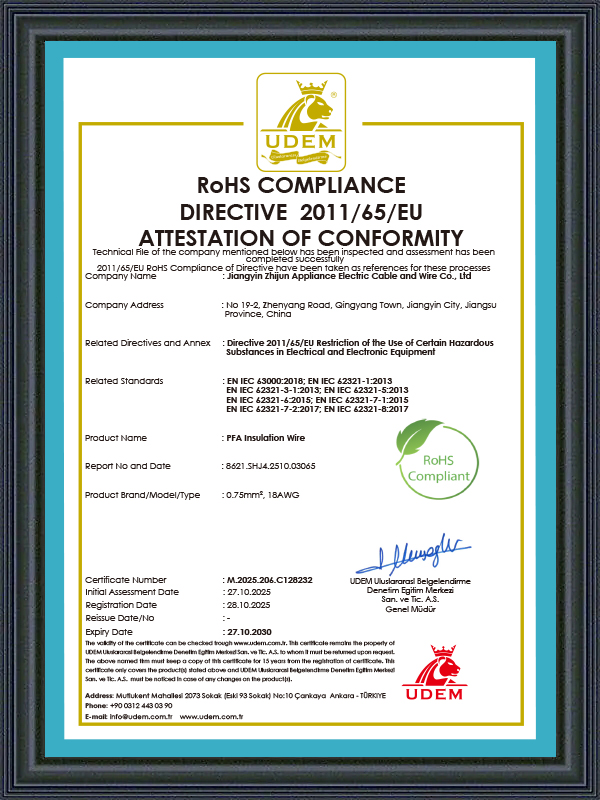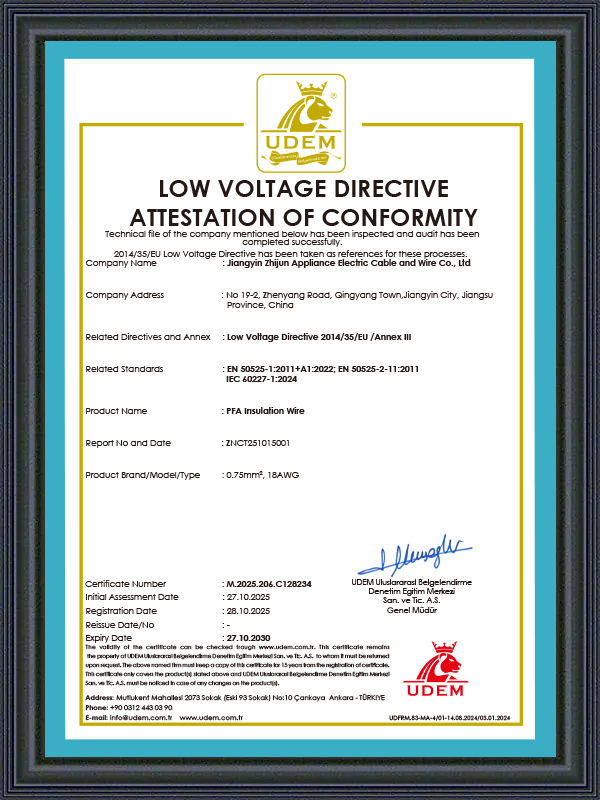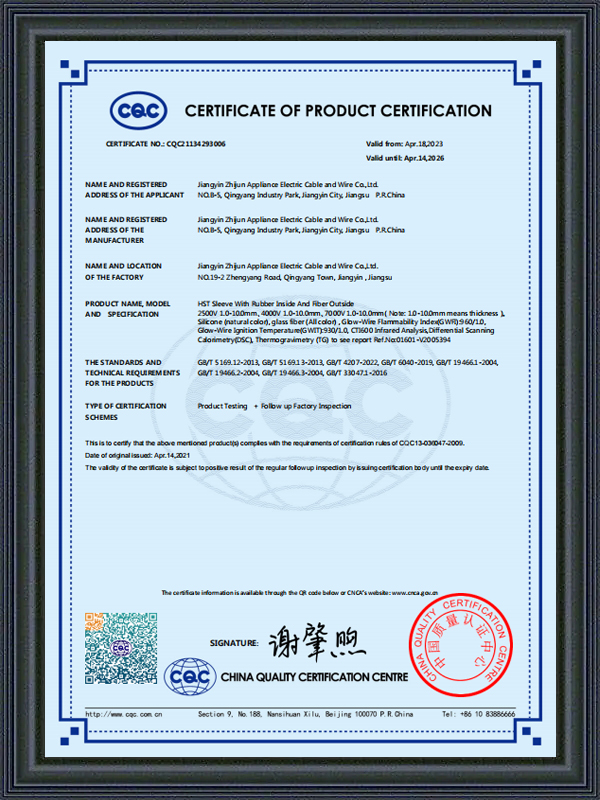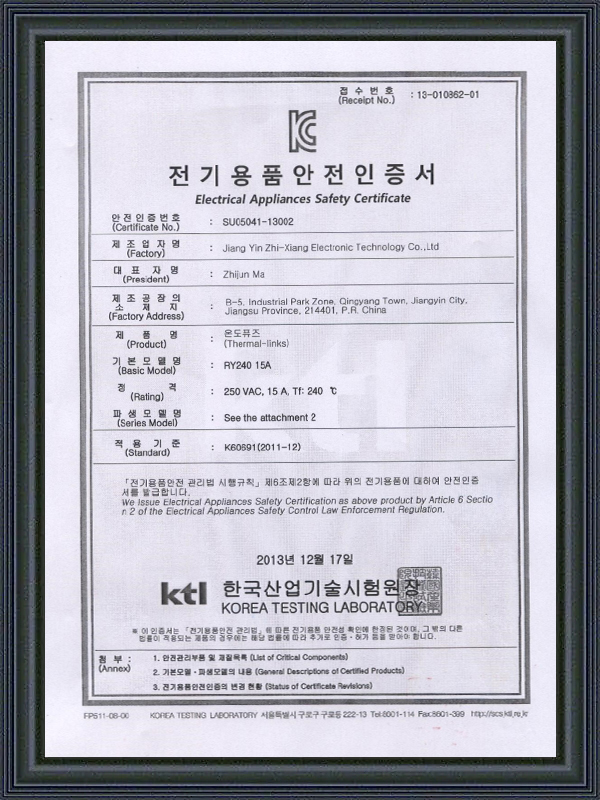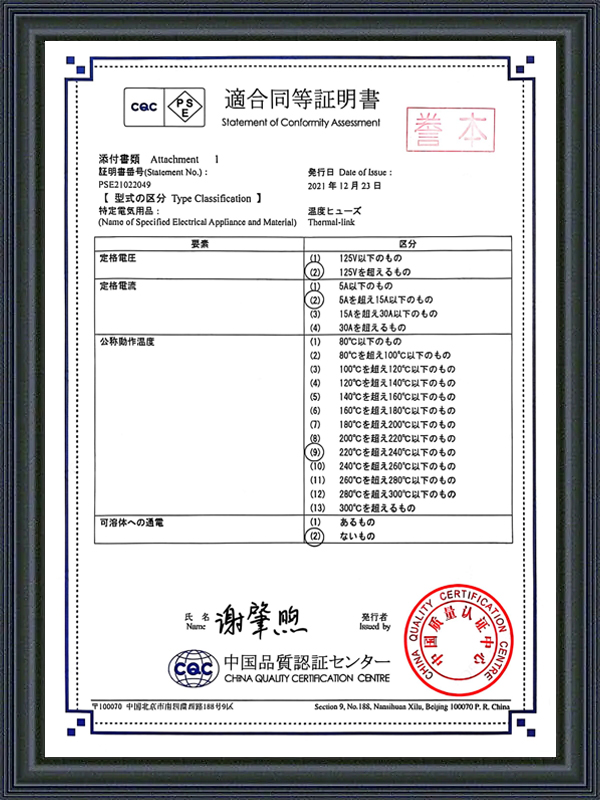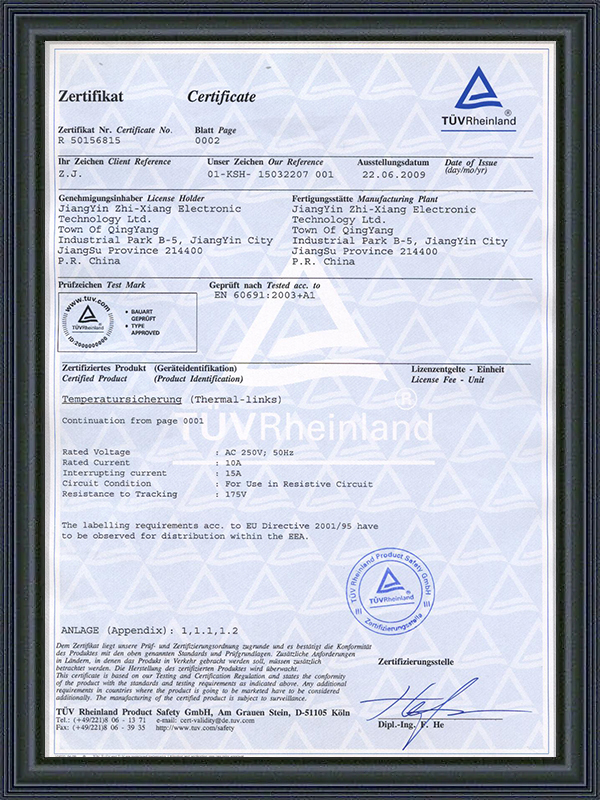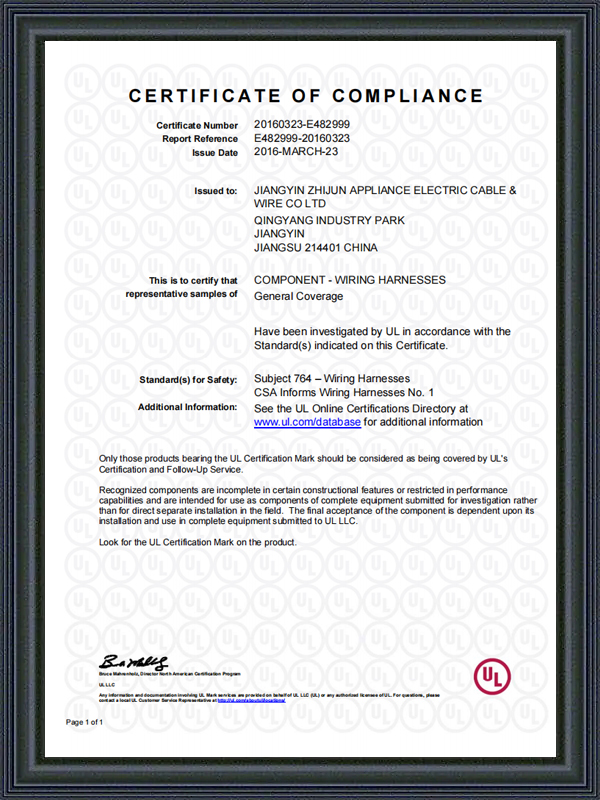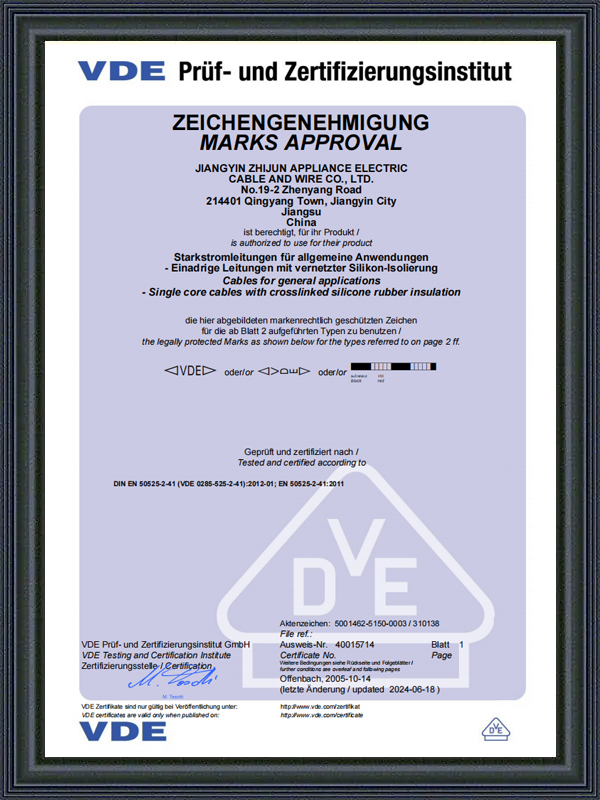RVV cable is a common PVC insulated PVC sheathed soft cable, which is widely used in electrical appliances, instruments and electronic equipment. The following is a detailed introduction to RVV cable:
1. Structure
- Insulation layer: Polyvinyl chloride (PVC) material is used to provide electrical insulation and mechanical protection.
- Sheath layer: Polyvinyl chloride (PVC) material is also used to protect the internal structure from external damage.
2. Model and specification
- Model: RVV
- Specification: Common ones are 2-core, 3-core, 4-core, 5-core, etc., with cross-sectional areas ranging from 0.5mm² to 6mm².
3. Features
- Good flexibility: Suitable for occasions that require frequent movement.
- Oil, acid and alkali resistance: Suitable for a variety of environments.
- Flame retardant performance: Some models have flame retardant properties and are suitable for places with high fire protection requirements.
4. Application areas
- Household appliances: such as washing machines, refrigerators, air conditioners, etc.
- Instruments and meters: Used to connect various instruments and equipment.
- Electronic equipment: such as computers, printers, etc.
- Lighting system: used for indoor and outdoor lighting lines.
5. Technical parameters
- Rated voltage: 300/500V
- Operating temperature: -15℃ to 70℃
- Minimum bending radius: 6 times the outer diameter of the cable
6. Installation and maintenance
- Installation: Avoid excessive bending and stretching to prevent mechanical damage.
- Maintenance: Regularly check the appearance of the cable to ensure that there is no damage or aging.
7. Precautions
- Environmental adaptability: Avoid using in high temperature, high humidity or corrosive environments.
- Load matching: Select the appropriate cable specifications according to the actual load to avoid overload.
8. Standards and certifications
- National standard: GB/T 5023-2008
- International standard: IEC 6022
Understanding What a Silicone Soft Installation Line Is A silicone soft installation line refers to flexible silicone-based profiles, strips, or cords designed for easy installation in sealing, cushio...
READ MORE


 English
English عربى
عربى Español
Español
